Increasing Resource Scarcity
The scarcity of critical raw materials used in lithium-ion batteries is a significant driver for the li ion-battery-recycling market. As demand for batteries continues to rise, concerns about the availability of materials such as lithium, cobalt, and nickel are becoming more pronounced. In 2025, it is anticipated that the prices of these materials will increase by up to 20% due to supply chain constraints and geopolitical factors. This situation underscores the necessity for recycling as a means to recover these valuable resources from spent batteries. The li ion-battery-recycling market is thus positioned to play a vital role in addressing resource scarcity, as recycling not only provides a sustainable source of materials but also reduces the environmental footprint associated with mining.
Growing Environmental Concerns
Environmental concerns surrounding battery waste are increasingly influencing the li ion-battery-recycling market. As awareness of the ecological impact of improper battery disposal rises, consumers and businesses alike are seeking sustainable solutions. The Environmental Protection Agency (EPA) has reported that improper disposal of lithium-ion batteries can lead to soil and water contamination, prompting calls for more robust recycling programs. In response, many companies are implementing take-back programs and partnerships with recycling facilities to ensure responsible disposal. This shift in consumer behavior is expected to drive growth in the li ion-battery-recycling market, as stakeholders recognize the importance of environmental stewardship and the potential for recycling to mitigate negative impacts.
Rising Demand for Electric Vehicles
The increasing adoption of electric vehicles (EVs) in the US is a pivotal driver for the li ion-battery-recycling market. As more consumers transition to EVs, the demand for lithium-ion batteries surges, leading to a corresponding rise in battery waste. In 2025, it is estimated that the number of EVs on the road will exceed 10 million, creating a substantial need for effective recycling solutions. This trend not only highlights the importance of sustainable practices but also emphasizes the economic potential of recycling operations. The li ion-battery-recycling market stands to benefit significantly from this growing demand, as manufacturers and recyclers seek to recover valuable materials such as lithium, cobalt, and nickel from spent batteries, thereby reducing reliance on virgin resources.
Government Incentives for Recycling Initiatives
Government policies and incentives play a crucial role in shaping the li ion-battery-recycling market. In recent years, various federal and state programs have been introduced to promote recycling initiatives, including tax credits and grants for recycling facilities. These incentives encourage investment in recycling technologies and infrastructure, which are essential for handling the increasing volume of used batteries. For instance, the US government has allocated over $500 million in funding to support battery recycling projects, which is expected to enhance the capacity and efficiency of recycling operations. This supportive regulatory environment fosters growth in the li ion-battery-recycling market, as stakeholders are motivated to develop innovative solutions that align with sustainability goals.
Technological Advancements in Recycling Processes
Technological advancements are transforming the li ion-battery-recycling market, enabling more efficient and effective recycling processes. Innovations such as hydrometallurgical and pyrometallurgical methods are being developed to recover valuable materials from spent batteries with higher yields and lower environmental impact. In 2025, it is projected that the efficiency of recycling processes will improve by at least 30%, driven by these technological breakthroughs. This progress not only enhances the economic viability of recycling operations but also aligns with the growing emphasis on sustainability within the industry. As a result, the li ion-battery-recycling market is likely to see increased participation from both established players and new entrants seeking to capitalize on these advancements.


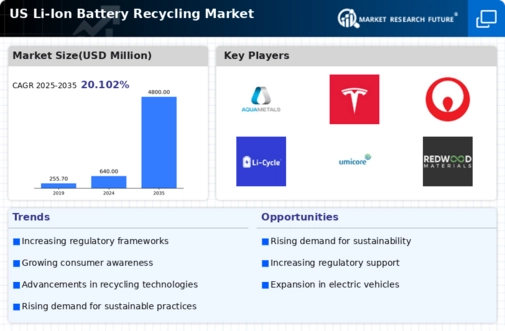
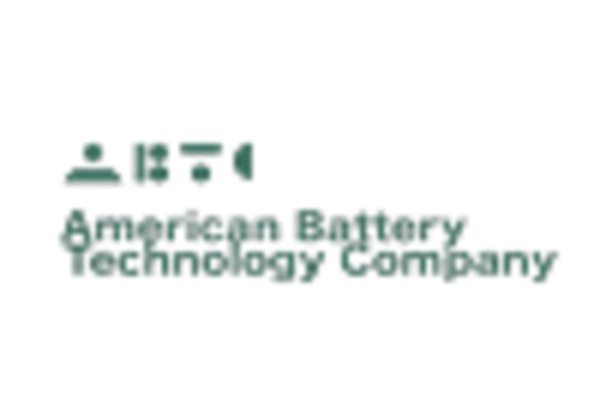
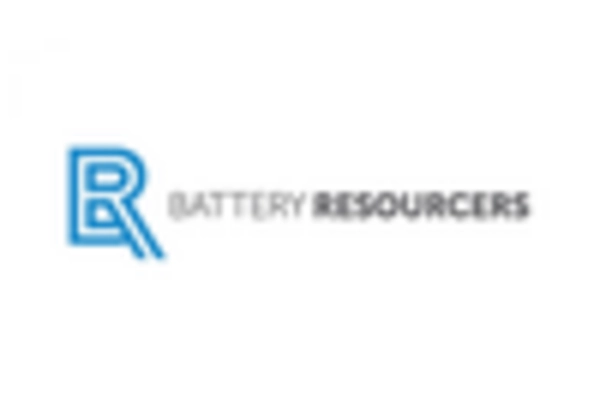

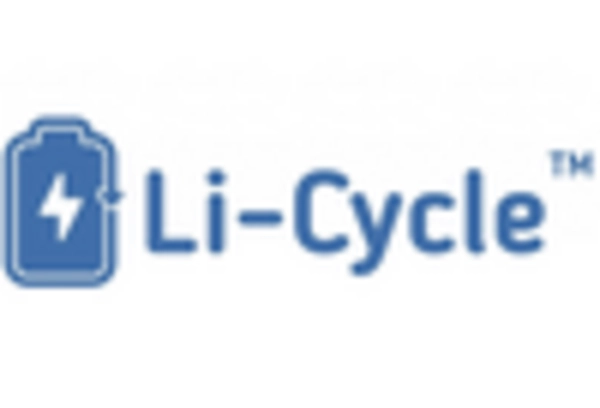

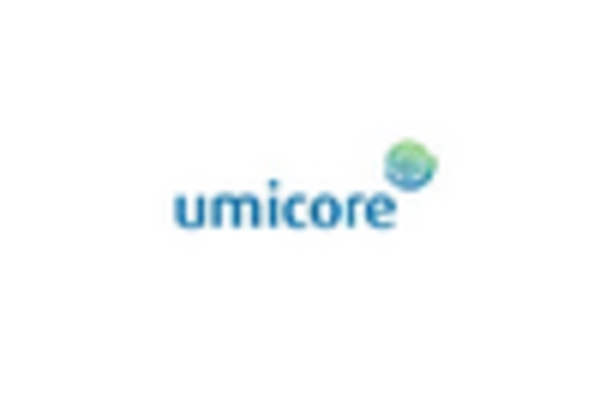








Leave a Comment